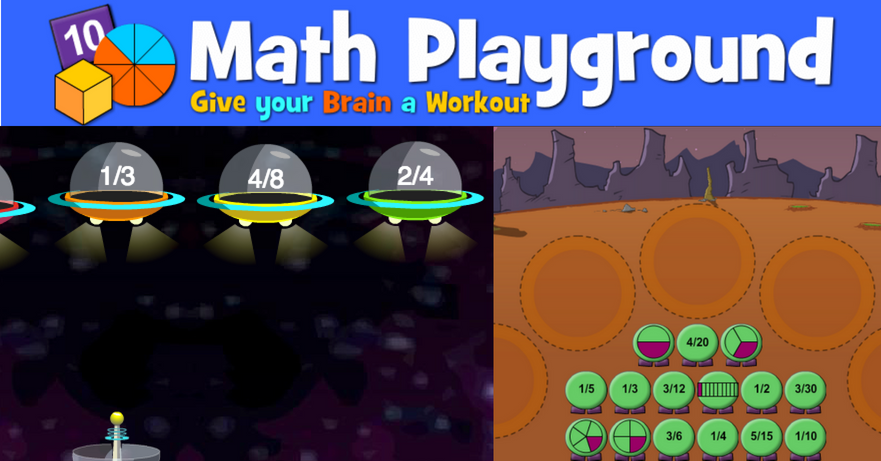

In his classic monograph, Social Choice and Individual Values, Arrow introduced the notion of a decisive coalition of voters as part of his mathematical framework for social choice theory. Although absolute frequencies of PI violations may be low, after this conditioning and relativization, we see that under certain voting methods that violate PI, much of a voter's potency is turned against them - in particular, against their desire to see their favorite candidate elected.

We should also relativize the probability of PI violation to what we call voter potency, the probability that a voter causes a candidate to lose. We argue that in order to choose between a voting method that satisfies PI and one that does not, we should consider the probability of PI violation conditional on the voting methods choosing different winners. profile-coalition pairs (involving coalitions of different sizes). We consider the probability (under different probability models for preferences) of PI violations in randomly drawn profiles vs.

In this paper, we investigate different ways of measuring the extent to which a voting method violates PI, using computer simulations. Surprisingly, a number of standard voting methods violate this natural property. A voting method satisfies the property of positive involvement (PI) if for any election in which a candidate x would be among the winners, adding another voter to the election who ranks x first does not cause x to lose. In the context of computational social choice, we study voting methods that assign a set of winners to each profile of voter preferences.
#WAYS TO USE THE MODAL LOGIC PLAYGROUND HOW TO#
In the last part of the paper we consider how to evaluate choice-driven counterfactuals at moments arrived at by some agents performing a deviant action.

After developing and axiomatizing a stit logic with action types, instants, and deviant actions, we study the philosophical implications and logical properties of two candidate semantics for choice-driven counterfactuals, one called rewind models inspired by Lewis, 455–476 1979) and the other called independence models motivated by well-known counterexamples to Lewis’s proposal Slote, 3–27 1978). A key component of our semantics for counterfactuals is to distinguish between deviant and non-deviant actions at a moment, where an action available to an agent at a moment is deviant when its performance does not agree with the agent’s default choice behavior at that moment. To do this, we merge one of the most prominent logics of agency in the philosophical literature, namely stit logic, with the well-known logic of counterfactuals due to Stalnaker and Lewis. In this paper, we investigate the semantics and logic of choice-driven counterfactuals, that is, of counterfactuals whose evaluation relies on auxiliary premises about how agents are expected to act, i.e., about their default choice behavior. The book can be used as the primary text for seminars on philosophical logic focused on non-normal modal logics as a supplemental text for courses on modal logic, logic in AI, or philosophical logic or as the primary source for researchers interested in learning about the uses of neighborhood semantics in philosophical logic and game theory. In addition, the book discusses a broad range of topics, including standard modal logic results bisimulations for neighborhood models and other model-theoretic constructions comparisons with other semantics for modal logic neighborhood semantics for first-order modal logic, applications in game theory applications in epistemic logic and non-normal modal logics with dynamic modalities. In addition to presenting the relevant technical background, it highlights both the pitfalls and potential uses of neighborhood models – an interesting class of mathematical structures that were originally introduced to provide a semantics for weak systems of modal logic. This book offers a state-of-the-art introduction to the basic techniques and results of neighborhood semantics for modal logic.


 0 kommentar(er)
0 kommentar(er)
